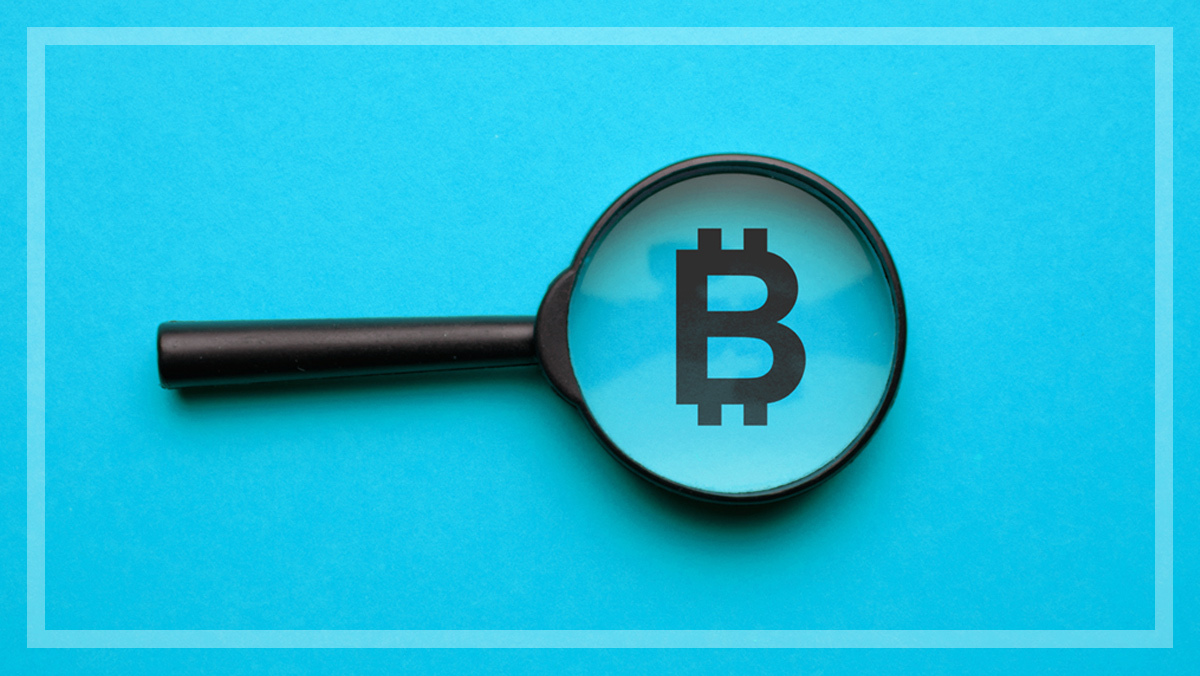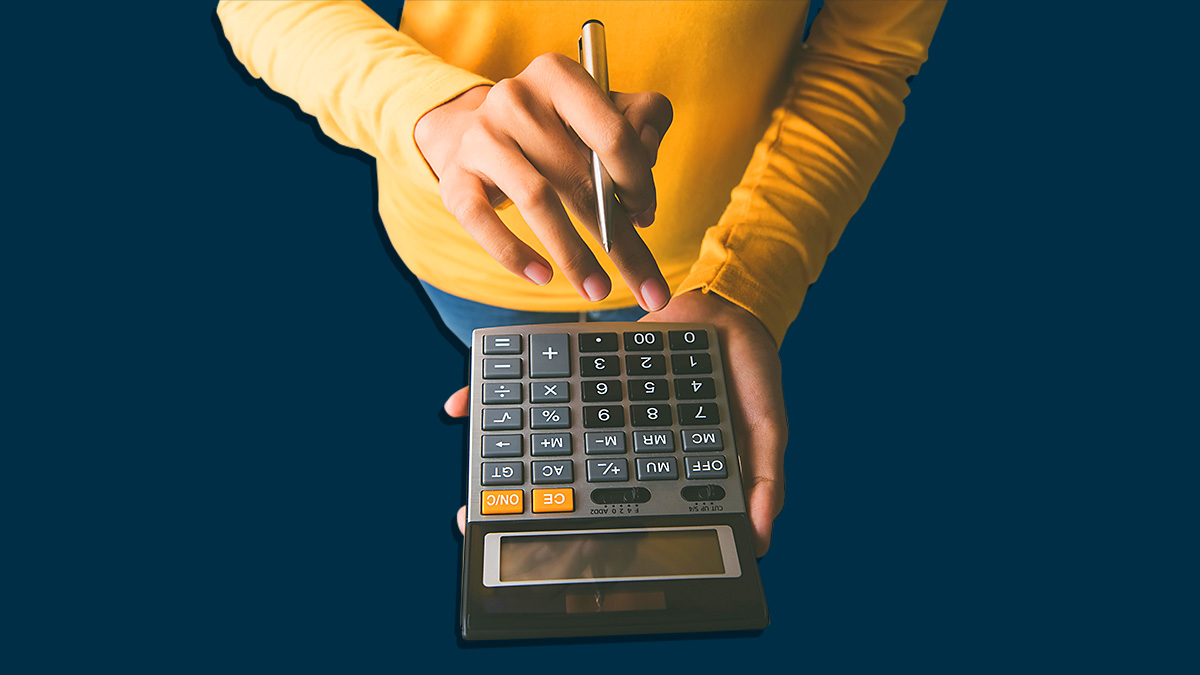Get our independent lab tests, expert reviews and honest advice.
What is cryptocurrency?

Need to know
- Cryptocurrency is a form of digital currency that isn't held as physical notes and coins
- The world of cryptocurrencies can be technical, risky and volatile, so beginners need to take great care and do a lot of research if they want to enter the market
- Cryptocurrencies have a huge carbon footprint because they require vast amounts of computer processing – something for ecologically conscious investors to bear in mind
On this page:
- How a crypto transaction works
- How to invest in crypto
- The different types of cryptocurrencies
- Wallets vs exchanges
- Problems with cryptocurrency
- The origin of cryptocurrency
Hardly a week goes by without a cryptocurrency story in the news, whether it’s hype about investing in digital currencies, regulators looking to track earnings or governments grappling with how to recognise it as legitimate currency.
Equally, there are the stories of wild fluctuations in the value of cryptocurrency, the scams, and investors losing huge sums of money.
Volatility goes hand in hand with cryptocurrency because its value isn’t tied to any external measure, it’s not regulated in Australia, nor is it recognised as legal tender. This means the price can be affected by a range of external factors, from media announcements to celebrity investors.
If you’re looking to dip a virtual toe in the water, here’s the essential information to arm yourself with.

How a crypto transaction works
To understand the nuts and bolts of how cryptocurrency works, it helps to take a single transaction as an example.
Step 1. Transfer instructions created
A transaction starts as an electronic message from Person A to the network that specifies the quantity of currency to be sent to Person B, address (like a crypto account number) and time stamp that records when the block was mined and validated.
Step 2. Transaction is ready to be processed
All recent transactions will be grouped into a block, which is turned into a cryptographic code, and then ‘miners’ work to solve the code to verify it for processing.
Step 3. Build blocks of the blockchain
When the cryptographic hash, or code, is resolved, this new block of transactions is added to the blockchain, or distributed ledger, for that currency.
Step 4. Funds arrive
Once the transaction is confirmed, the cryptocurrency amount as specified in the original instructions is transferred to the recipient, Person B.
How to invest in crypto
Cryptocurrency is bought and sold on crypto trading platforms, or exchanges. You can use traditional currency or crypto to buy an amount of a particular currency. This will be stored in a digital wallet that contains the codes, or private keys, needed to authorise transactions to the blockchain network.
Crypto wallet
A crypto wallet will store each transaction and also track your individual cryptocurrency balance. Some wallets can store numerous different cryptocurrencies; others are attached to a particular asset and will only store that one type of cryptocurrency.
Cold/hardware wallet
A wallet that is not continually online is also known as a ‘cold wallet’ or a ‘hardware wallet’. These are downloaded and reside offline on a piece of hardware such as a USB drive or smartphone. A ‘hot’ or ‘software’ wallet is always live and connected to the internet, and therefore any currency stored in them is at greater risk of theft or hacking.
The different types of cryptocurrencies
Bitcoin might occupy many of the headlines, but it’s by no means the only cryptocurrency there is. There are said to be more than 10,000 different types of cryptocurrencies, each with its own features and uses. Here are a few of the more common ones:
Bitcoin
This is regarded as the original cryptocurrency and has become a global system for payments through the network of bitcoin miners. Computers in the network use software to validate transactions and earn bitcoins through this mining process. 1BTC is worth about $63,000 as of April 2022, according to tracking site CoinDesk.
Ether
Ether is the cryptocurrency that runs on the Ethereum network and is able to handle payments along with contracts and some other programs. Miners can earn ether that can be used for payments in the network. 1ETH is equal to $4494.
Litecoin
This was modified from bitcoin and is another cryptocurrency and global payment network. It has a faster processing speed and more coins in circulation than bitcoin. 1LTC equals $172 as of April 2022.
XRP
XRP is a purpose-built digital asset designed as a payments network for fast, permission-free transactions that the developers say can process in three to five seconds. 1XRP is equivalent to $1.14 as of April 2022.
Wallets vs exchanges
There are different types of wallet that enable you to trade in crypto.
Desktop wallets such as Electrum, Exodus and Copay/Bitpay run from a computer and require a long string of words, known as the ‘seed phrase’, which is the basis of the privacy crypto key used to unlock transactions.
App-based wallets such as Coinomi or Edge are more geared toward using crypto when making payments. But note that losing a phone with a crypto app could let someone access your money.
Not all crypto trading platforms are registered in Australia and there is no recourse if something goes wrong
Online (or ‘hot’) wallets usually belong to a cryptocurrency exchange and are accessible from any internet-connected device, which can be a target for cyber criminals.
Crypto exchanges are the other way of trading in cryptocurrencies, where transactions and the privacy key are held in the exchange. But these can be risky because they can be hacked – there are many examples of exchanges such as crypto.com having millions of dollars worth of crypto stolen.
Problems with cryptocurrency
The cryptocurrency market has been likened to the digital Wild West and it’s had its fair share of scams and hacks. It’s certainly a high-risk investment, given the incredible price volatility and million-dollar thefts.
$129m in scams
It’s clear that scams are on the rise as the interest in cryptocurrencies grows. In 2021, crypto scams topped $129 million, and when the value of a currency hits a high, so too do the scammers, with many looking to target new, inexperienced users. Any crypto-related scams should always be reported to ScamWatch.
Lack of regulation
At the moment, many crypto assets are not considered financial products and are therefore not regulated by the Australian Securities and Investments Commission (ASIC).
Cryptocurrencies are not recognised as legal tender in most currencies and, again, this means any legal protections around theft or scams will be quite limited. Hackers have targeted crypto exchanges because a single hit can net millions of dollars that are permanently lost and never recoverable because crypto transactions are not reversible.
Cryptocurrencies are not recognised as legal tender in most currencies… this means any legal protections around theft or scams will be quite limited
The platforms to buy and sell crypto assets are unlikely to be regulated by ASIC, whereas when trading through the ASX there are operating requirements specified in law.
Also, not all crypto trading platforms are registered in Australia and there is no recourse through the Australian Financial Complaints Authority (AFCA) if something goes wrong. The Australian government has announced plans to regulate parts of the industry, but it’s unlikely we will see any new laws passed until 2023.
Carbon cost of cryptocurrencies
Finally, there’s the issue of the environmental footprint of cryptocurrency, as it requires computer processing to mine transactions, which all need to be powered. Bitcoin alone has a carbon footprint equivalent to that of the Czech Republic, emitting 114 megatons of carbon dioxide in a year, according to the Digiconomist’s Bitcoin Energy Consumption Index.
The origin of cryptocurrency
Digital currencies were first mooted in the 1980s, although there wasn’t much widespread take-up. In 1998 computer engineer Wei Dai defined the modern version of cryptocurrencies.
Following this, in 2009 a white paper outlining the fundamentals of blockchain and the first digital currency, bitcoin, was published under the pseudonym ‘Satoshi Nakamoto’. But it’s unclear whether this was a single person or group, as their true identity has never been confirmed.
Governments and regulators are grappling with how to deal with digital currencies as investors risk theft, scams and wild currency fluctuations
Since then, numerous other cryptocurrencies have been launched, joining bitcoin in a growing market around the world. The spread has meant governments and regulators are grappling with how to deal with digital currencies, as investors risk theft, scams and wild currency fluctuations that are all too common.
So will we buy groceries with crypto in the future?
There’s often a headline-grabbing story or two about a new Bitcoin ATM or retailer accepting payments. But beyond the hype, crypto is power hungry, vulnerable to crimes and scams, and still accounts for a tiny percentage of viable economic transactions.
Although many governments and regulators have crypto in their sights for taxation, money laundering and financial protection, we’re a long way from using crypto at the supermarket.
The key to wider acceptance will be making sure that regulation and protections keep pace with technological advances, and that crypto’s uses appeal to everyday buyers and investors.





